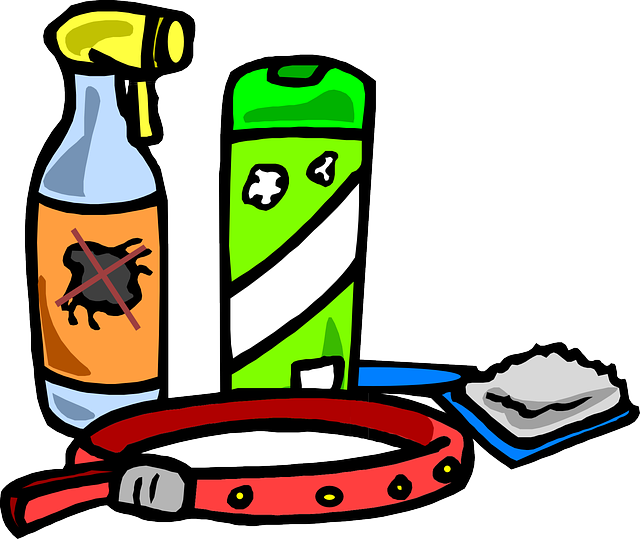Stainless steel cold air intakes (CAIs) are preferred in the automotive sector for their superior corrosion resistance, ensuring durability and performance under extreme conditions. This feature makes them ideal for challenging environments with moisture, varying temperatures, and salt exposure, preventing rust and maintaining structural integrity over time. Their longevity and efficient airflow make CAIs popular among enthusiasts and mechanics, while industries also benefit from reduced maintenance and enhanced safety in harsh conditions due to corrosion-resistant materials.
In the pursuit of optimal vehicle performance, extreme durability expectations are placing increased strain on automotive components. Stainless steel cold air intakes (CAIs), known for their enhanced airflow and robust construction, must withstand rigorous conditions. This article delves into understanding the critical role of corrosion resistance in ensuring the longevity of stainless steel CAIs. We explore the benefits and diverse applications of using corrosion-resistant materials, highlighting their essential contribution to reliable automotive systems.
- Understanding Extreme Durability Expectations for Stainless Steel Cold Air Intakes
- The Role of Corrosion Resistance in Ensuring Longevity
- Benefits and Applications of Using Corrosion-Resistant Materials
Understanding Extreme Durability Expectations for Stainless Steel Cold Air Intakes

In the automotive world, extreme durability expectations are a given when it comes to components that play critical roles in engine performance and overall vehicle longevity. Stainless steel cold air intakes (CAIs) stand out for their ability to withstand demanding conditions, making them a popular choice among enthusiasts and professionals alike. The primary reason for this popularity is their superior corrosion resistance, a key attribute derived from the inherent properties of stainless steel. This metal’s resilience against rust and erosion ensures that even under extreme temperatures, high-pressure environments, and direct exposure to moisture, the CAI maintains its structural integrity and optimal performance.
The demand for ever-higher performance and more reliable components has pushed manufacturers to set and meet exceptional durability standards for stainless steel cold air intakes. This involves rigorous testing protocols designed to simulate a wide range of environmental conditions, from extreme heat and cold to constant exposure to road grime and humidity. By adhering to these stringent criteria, stainless steel CAIs deliver consistent performance over extended periods, ensuring that vehicles maintain their power output and fuel efficiency while providing peace of mind for drivers.
The Role of Corrosion Resistance in Ensuring Longevity

In the quest for extreme durability, especially in automotive components, the role of corrosion resistance cannot be overstated. Stainless steel cold air intakes (CAIs) have emerged as a popular choice among car enthusiasts and modifiers due to their superior corrosion resistance. This property is paramount in ensuring the longevity of the CAI, which is situated in close proximity to various elements that can accelerate corrosion, such as moisture, salt, and varying temperatures.
The stainless steel used in these intakes forms a protective layer known as passivation, which prevents the metal from oxidizing or rusting. This self-healing property means that even if the surface is scratched or damaged, the underlying metal remains protected. As a result, stainless steel CAIs can withstand harsh environmental conditions without compromising performance or structural integrity, ensuring they last for many years with minimal maintenance.
Benefits and Applications of Using Corrosion-Resistant Materials

Using corrosion-resistant materials like stainless steel offers a multitude of benefits, especially in demanding environments where durability is paramount. Stainless steel cold air intakes (CAIs), for instance, are popular choices among automotive enthusiasts and mechanics due to their superior resistance to rust and chemical corrosion. This not only prolongs the lifespan of the CAI but also ensures optimal performance by maintaining efficient airflow into the engine.
In industrial settings, corrosion-resistant materials find applications in a wide range of components exposed to harsh conditions, from coastal areas with high humidity to aggressive chemical environments. From marine structures to oil and gas equipment, these materials contribute to reduced maintenance costs, minimized downtime, and enhanced safety by preventing failures caused by corrosion.
In conclusion, understanding and meeting extreme durability expectations for stainless steel cold air intakes (CAIs) is paramount in automotive applications. The key lies in recognizing the critical role of corrosion resistance, which directly impacts longevity. By utilizing corrosion-resistant materials like stainless steel, manufacturers can ensure CAIs withstand harsh environments, deliver reliable performance, and extend the lifespan of vehicles they serve.














